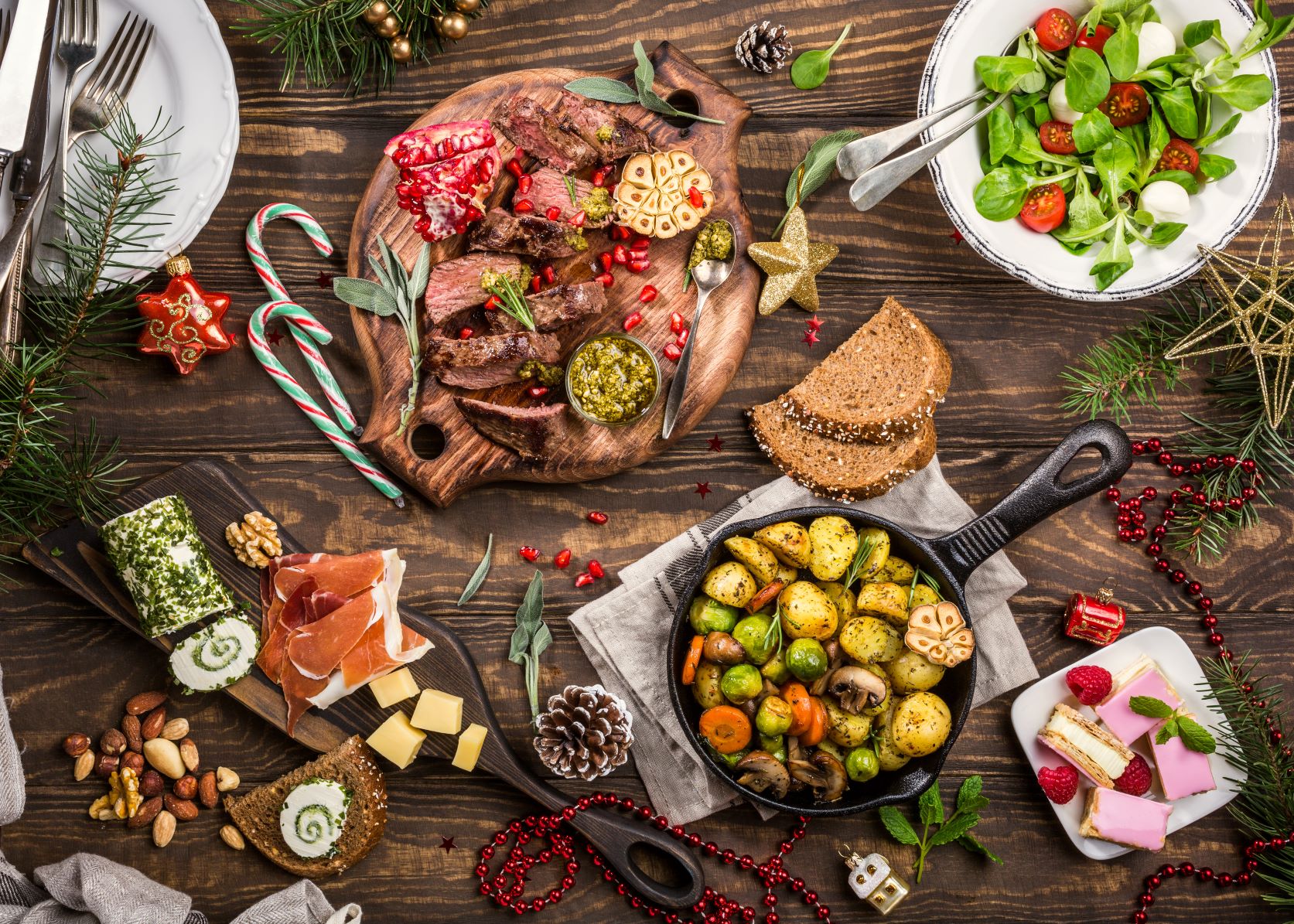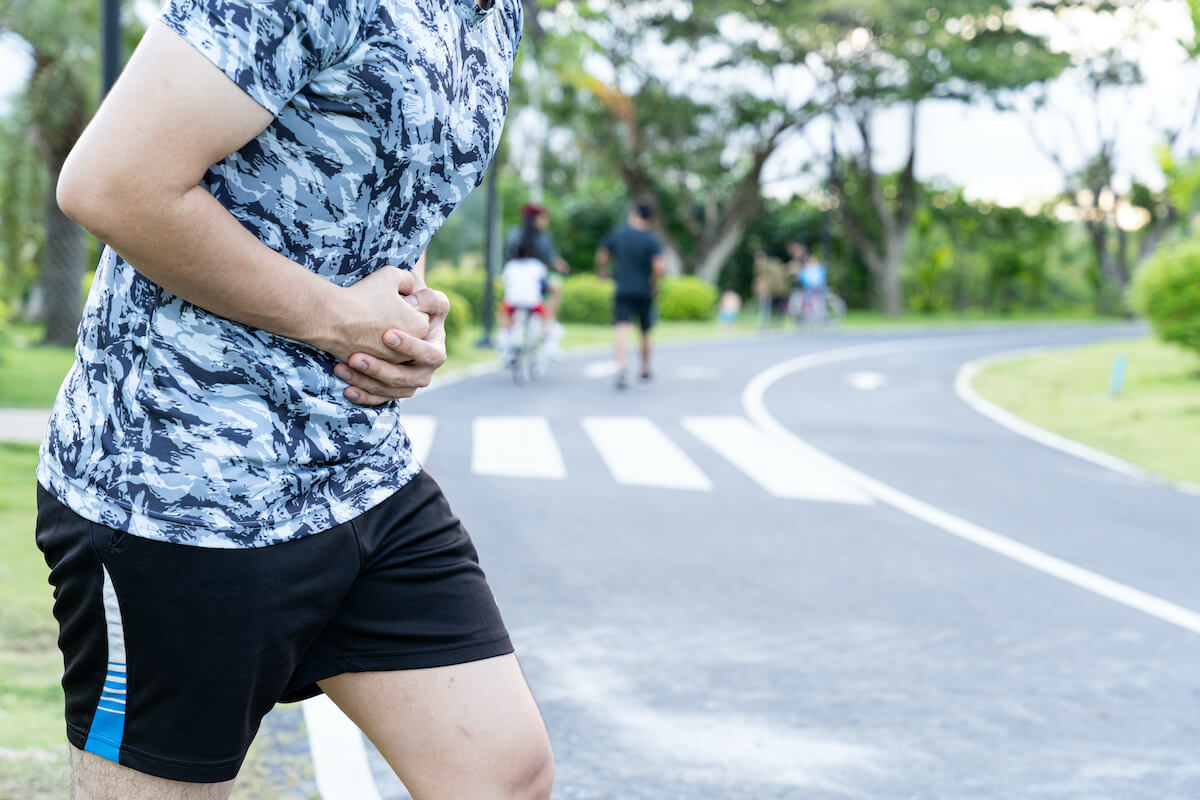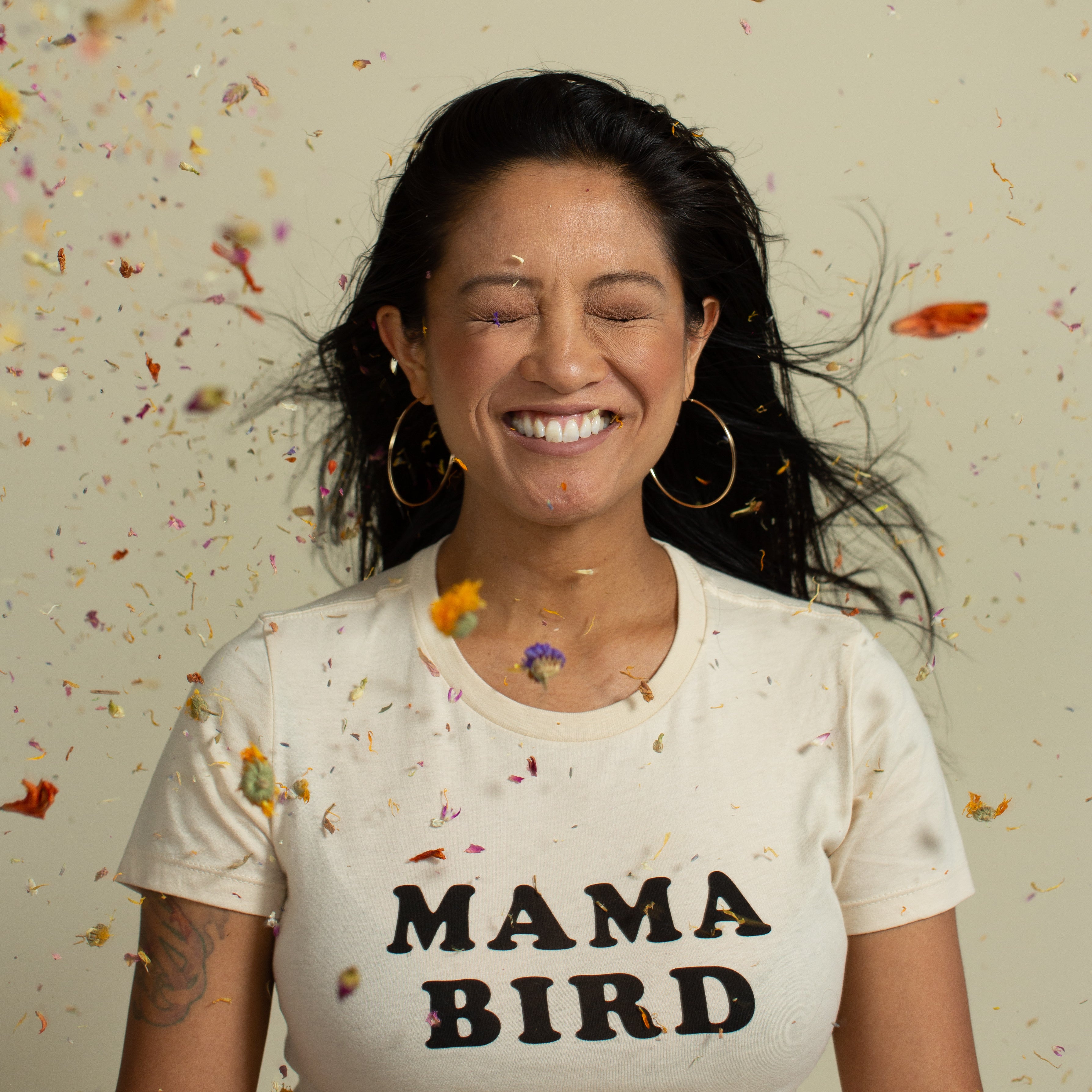If you’re the newest member of the ripped butthole club, don’t panic –approximately 1/10 people tear their butthole at some point in their lives. Anal fissures affect people of all ages and any gender, especially constipated children and young adults.
While anal fissures typically heal on their own, it’s important to know what’s causing your booty to crack.
What is an Anal Fissure?
Anal fissures are small tears in the lining of your anal canal. Anal fissures aren’t usually serious, lasting around a few days or weeks, but they can make poos pretty painful and potentially a little bloody. AND they can return if you don’t make lifestyle changes.
Jump to:- What Causes Anal Fissures?
- Anal Fissure Symptoms
- Signs a Fissure is Healing
- Anal Fissure Treatment
- FAQs
What Causes Anal Fissures?
These rips in your lower rectum can be created by a number of things, including taking a huge dump, being constipated, repeated diarrhea, birthing a human, or engaging in anal sex improperly. Pro tip: Use lube. Lots of lube. And if it doesn’t work, don’t do it.
Common causes for anal fissures:
- Passing a Large Stool
- Childbirth
- Inflammatory Bowel Disease (IBD)
- Anal Intercourse
- Chronic Diarrhea
- Constipation and Straining During Bowel Movements
Less common causes of anal fissures include:
- Crohn's Disease or another Inflammatory Bowel Disease
- Anal Cancer
- HIV
- Tuberculosis
- Syphilis
Anal Fissure Symptoms
It’s really not rocket science. You will know if you have a tear in your asshole the moment it happens. But in the event you aren’t sure, here are a few tell-tale signs that you’ve got an anal fissure or two.
Blood on Toilet Paper After Wiping
There is nothing more alarming than seeing red on the TP when you wipe after a particularly painful BM. Bleeding in small amounts, itching, and a smelly discharge can occur due to the presence of pus from the fissure. If you wipe and see small spots of blood, there is a chance anal fissures are present.
Blood In Stool
This is why it’s so important to peep your poos before you flush. Take advantage of the secret body camera poop provides! Anal fissures can cause bright red blood spots that appear on the outside of your stool. If you see darker blood, you should consult a doctor.
Pain During or After a Bowel Movement
A burning or tearing pain while pooping can be a sign of an anal fissure. The pain can be quick or it can linger, usually subsiding between poops. Some people experience pain so severe that they try their hardest not to poop, resulting in constipation and even fecal impaction. And THAT can lead to passing harder and larger poops. It’s a vicious cycle.
The pain also can affect urination by causing discomfort when urinating, frequent urination, or the inability to urinate.
A Crack In the Skin Around the Anus
We have always been a supporter of checking out your b-hole every now and then just to make sure it’s looking up to snuff. Anal fissures are all the more reason to have a peek at what’s going on down there. If you see any dry cracks in the skin around your anus, that is most likely an anal fissure.
Signs a Fissure Is Healing
Luckily, typical anal fissures should heal within a few days or weeks. Although some ripped buttholes do persist for longer, in which case you should go to the doctor to make sure everything is A-Okay. Here is how you can tell that your fissures are healing.
- You’ll start to notice fewer symptoms
- Pain should lessen and be less noticeable
- If you had any bleeding, it should stop
- It will be much more comfortable to go to the bathroom
Anal Fissure Treatment
If you’ve got an anal fissure, treat your butt kindly. Don’t wipe with toilet paper (use a bidet), eat high-fiber foods for loose poops, and maybe whisper encouragements to your friend below. The latter is not medically proven, but it might help. Here are a few other treatments that can help alleviate an anal fissure.
Topical Anesthetics
Topical anesthetics are recommended especially before you poop to limit the pain. Often, a small amount of a steroid is combined in the anesthetic cream to reduce inflammation. The use of steroids should be limited to two weeks because longer uses can cause even more issues.
Nitroglycerin Cream
Spasm of the internal sphincter and reduced flow of blood to the sphincter play roles in the formation and healing of anal fissures. Ointments with the muscle relaxant nitroglycerin (glyceryl trinitrate) have been found to be effective in healing anal fissures. The dose of nitroglycerin often is limited by side effects, such as headache or light-headedness.
Anal Fissure Surgery (Fissurectomy)
In cases where anal fissures are more severe, surgical treatment, such as fissurectomy, may be necessary. The fissurectomy procedure relieves the anal sphincter muscles by cutting from the internal sphincter to the interior anal canal. Fun! While symptoms may be relieved immediately from a fissurectomy, recurrence rates of fissures are higher.
Wrapping Things Up
A ripped butthole can happen to anyone and it’s nothing to fret over. As long as you can diagnose the issue and notice the symptoms, you should be able to easily treat it without any drastic surgical measures. You and your hairy butthole are going to be okay.
The TUSHY Spa warm water bidet can help make things more comfortable while your butthole heals.
Frequently Asked Questions
How Can You Prevent Anal Fissures?
Avoiding straining while pooping, eating enough fiber to prevent constipation and practicing safe anal intercourse can all help prevent anal fissures. (We cannot emphasize lube enough.)
What Does An Anal Fissure Look Like?
A recent anal fissure looks like a fresh tear, similar to a paper cut. A chronic anal fissure (one that lasts longer than 8 weeks) will be a deeper tear, likely with some internal and external fleshy growths.
Can You Still Poop With An Anal Fissure?
Absolutely, but it may be accompanied by pain and bleeding, which can cause some people to suppress the urge to go. If you’re experiencing sharp pain during BMs, try a stool softener.
What’s The Difference Between a Hemorrhoid or a Fissure?
A hemorrhoid is a swollen vein that forms inside the rectum or outside the anus.A fissure is a small tear in the lining of your anal canal. Both can be caused by the same things: constipation, childbirth, and straining while pooping.
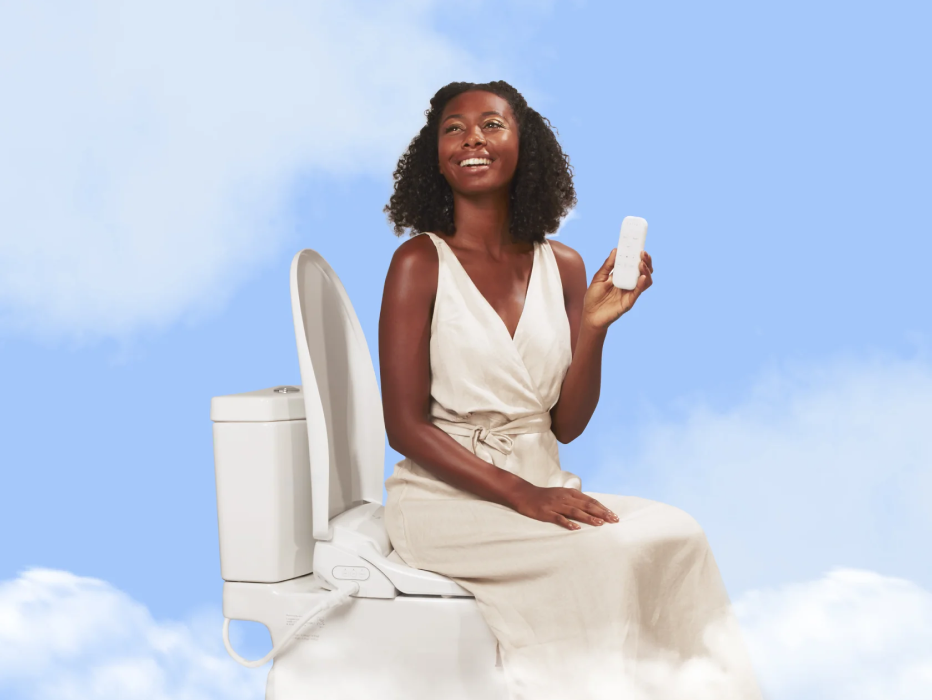


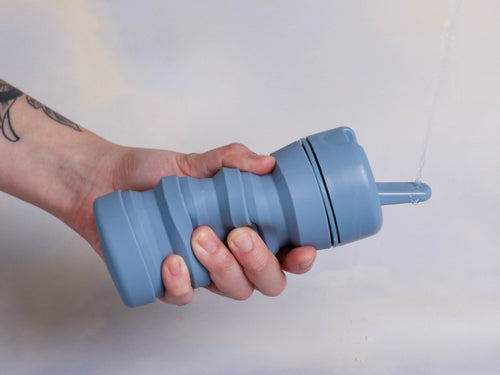




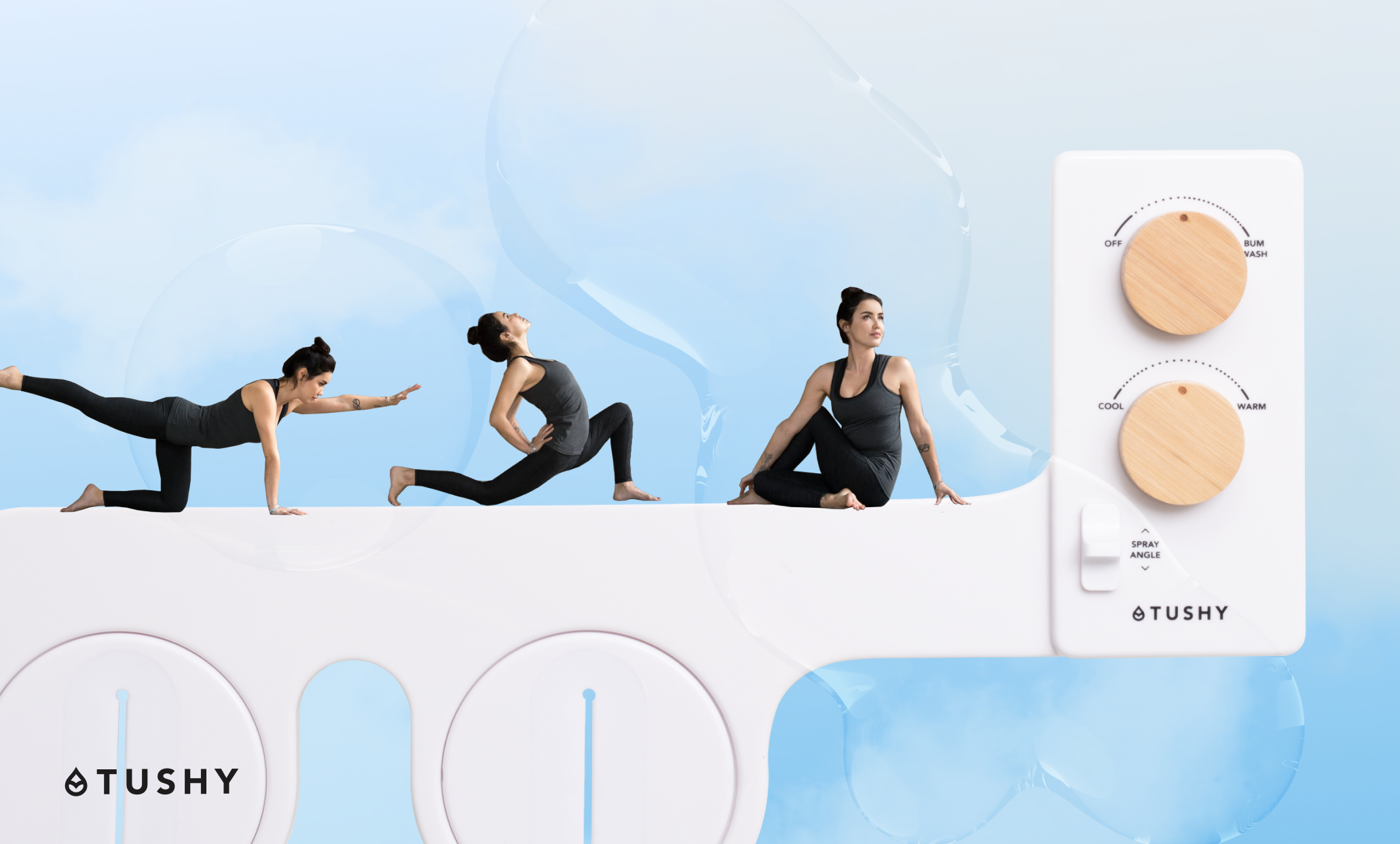
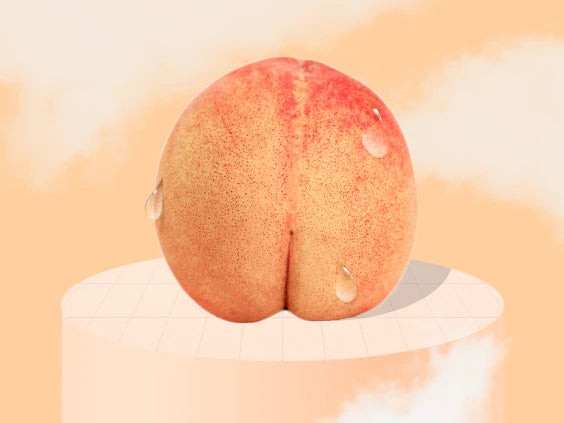
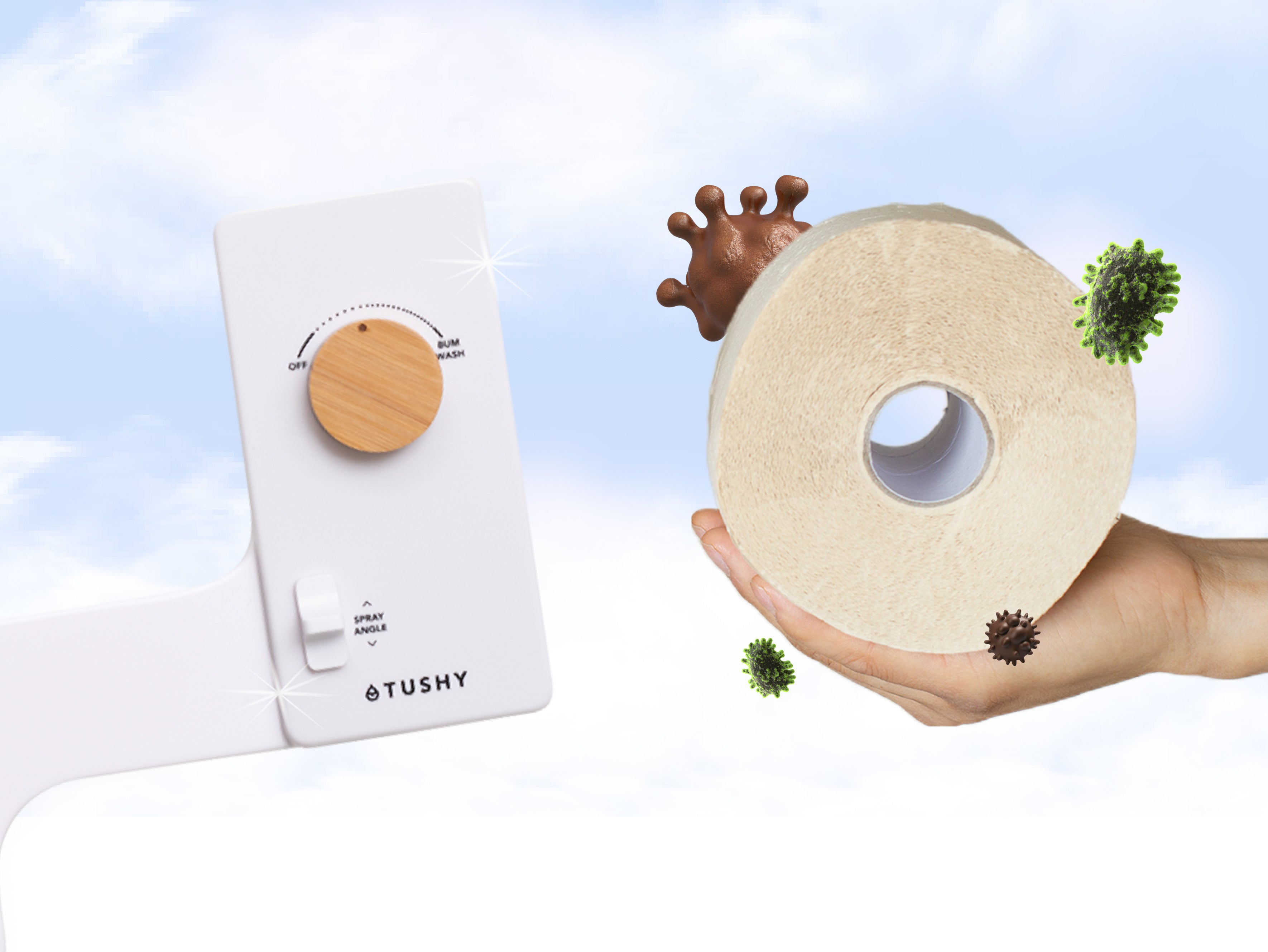
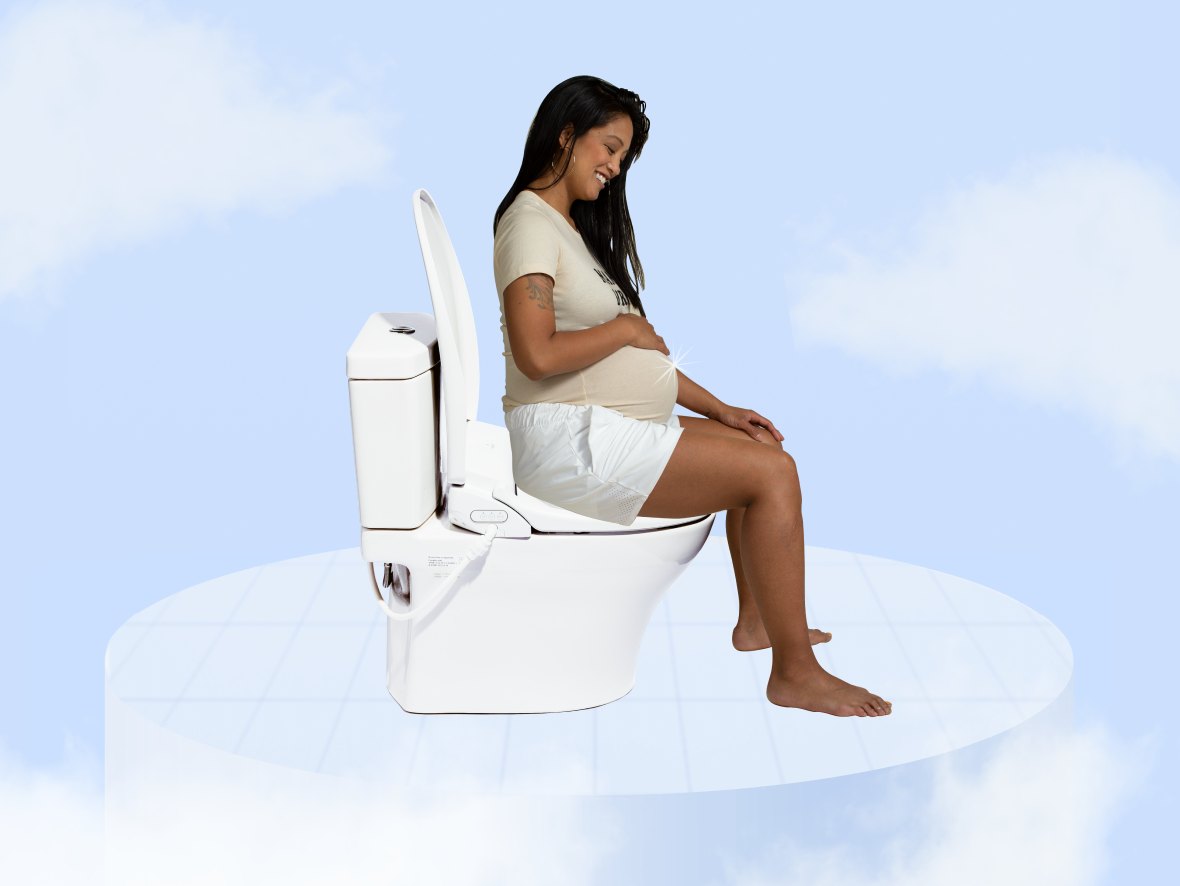
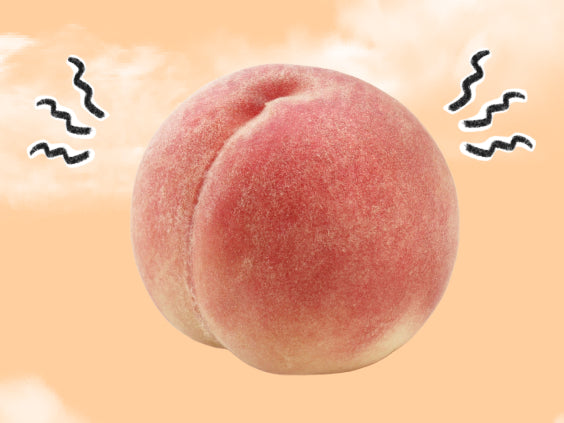

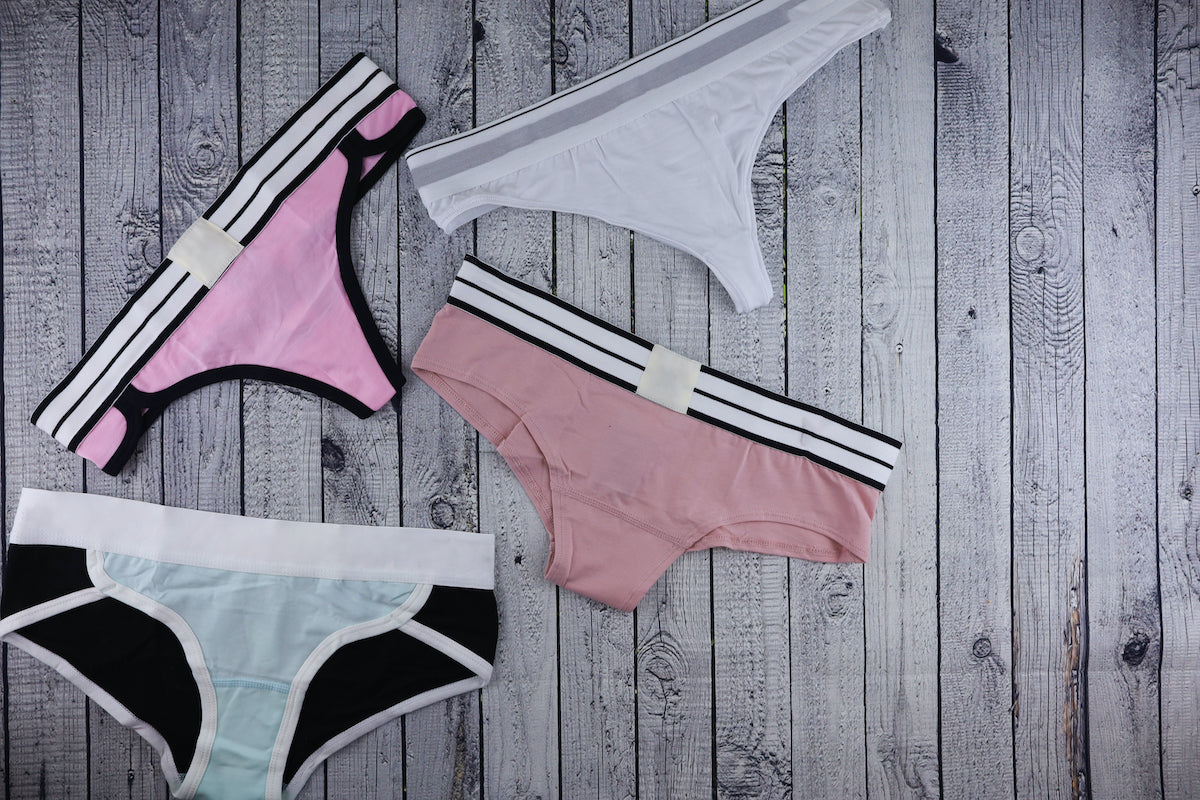
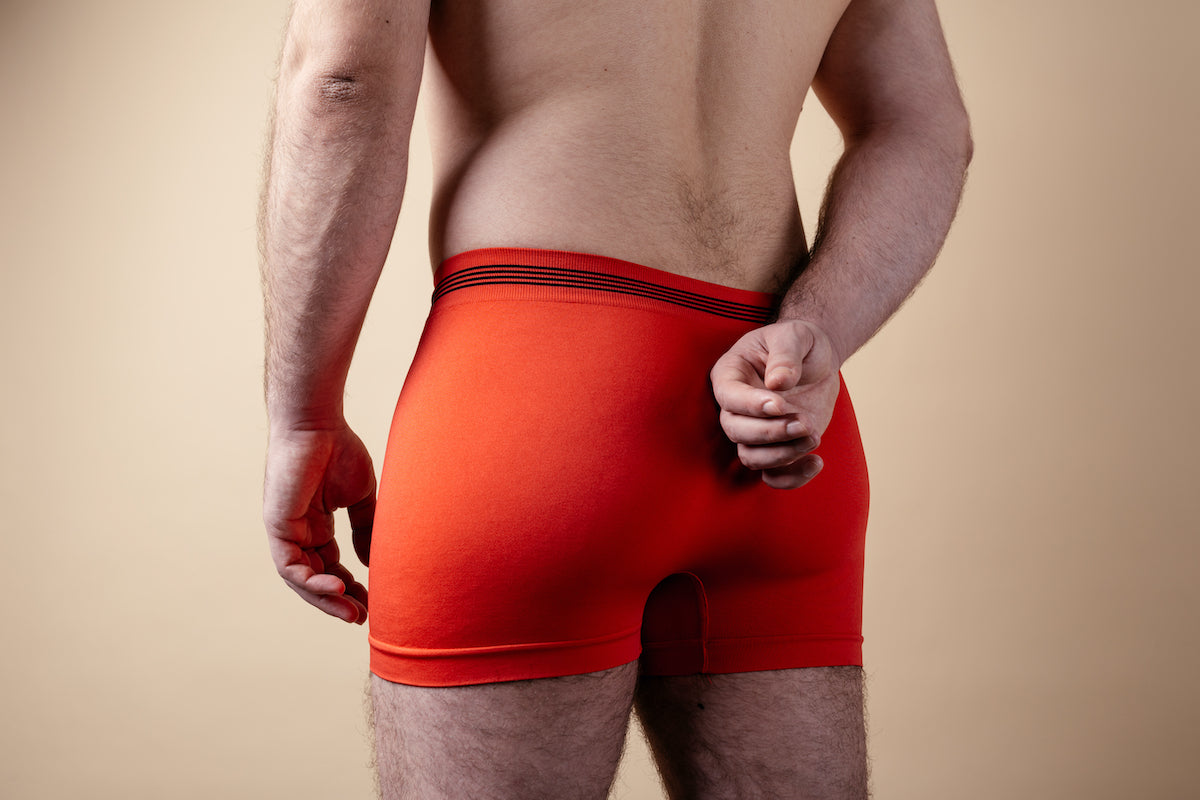
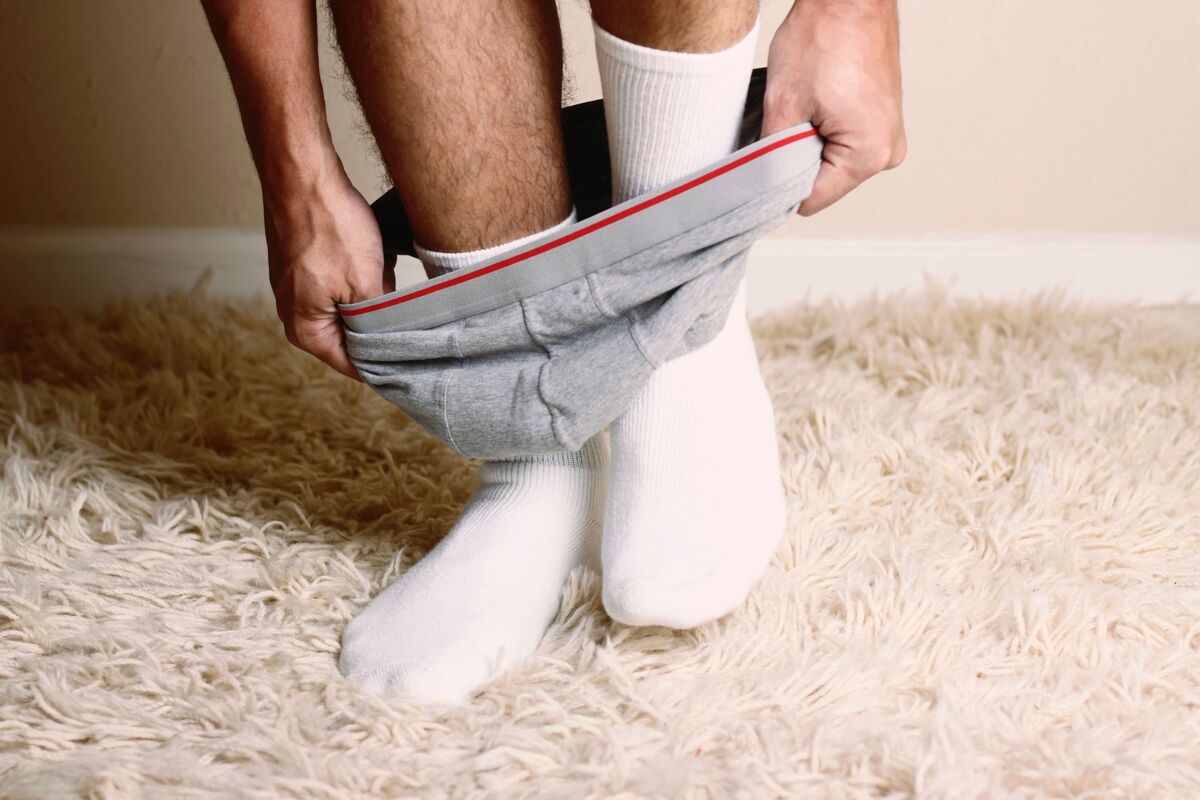

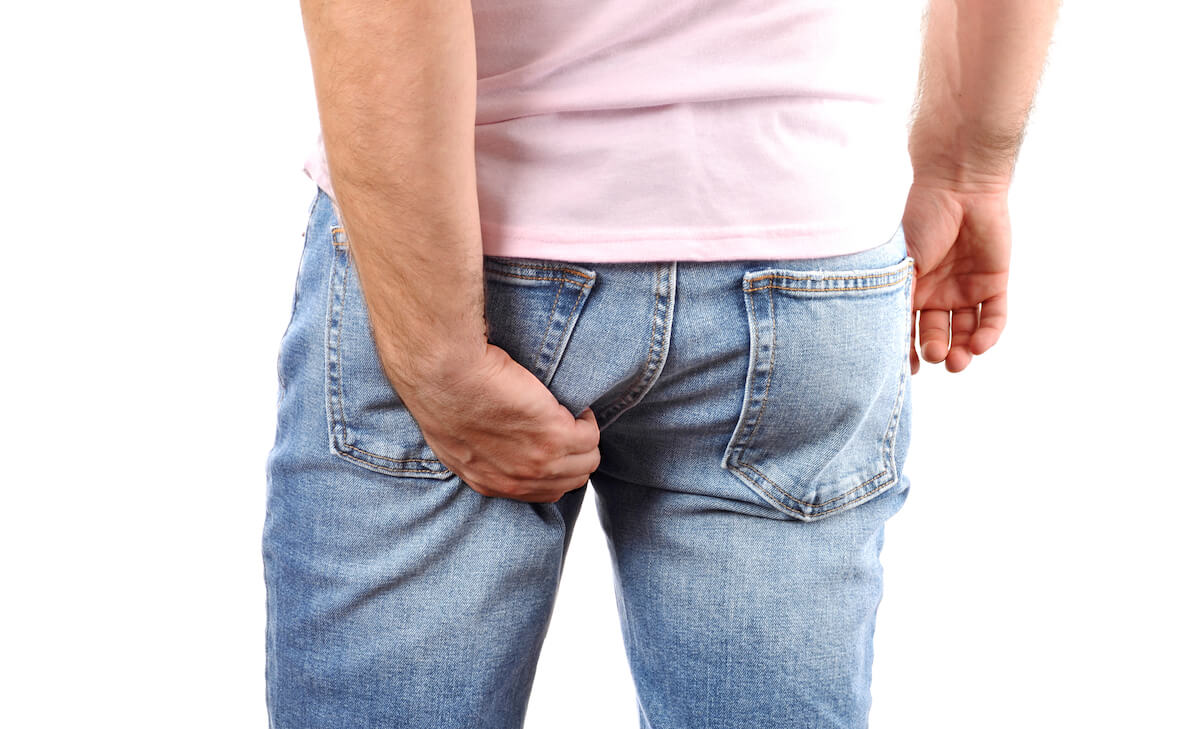
![Why It Feels Good to Poop [Poophoria Explained]](http://hellotushy.com/cdn/shop/articles/Poophoria_Explained.jpg?v=1611854103)
